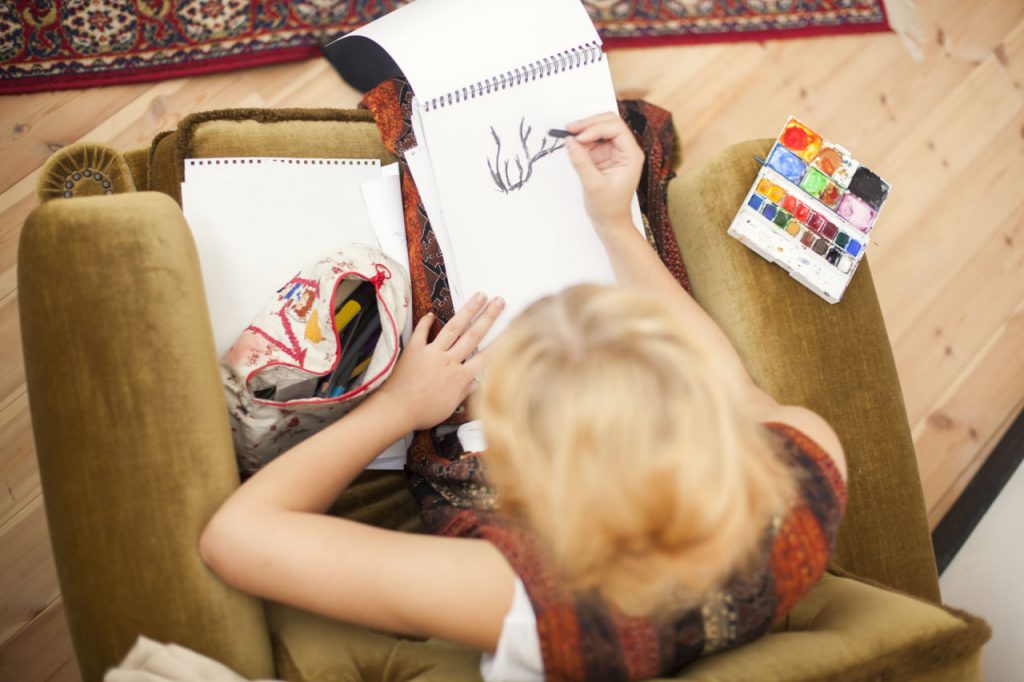Calligraphy is an art form that requires both patience and the right tools. Whether you’re a beginner or an experienced artist, having the proper supplies can make all the difference in achieving beautiful, crisp, and consistent lettering. Understanding what tools are necessary and how to use them will help you elevate your calligraphy skills and bring your designs to life.
Essential Calligraphy Tools
- Calligraphy Pens
There are various types of pens used in calligraphy, each offering unique benefits. For beginners, brush pens are highly recommended as they are easy to use and versatile, allowing you to achieve both thin and thick strokes. More advanced calligraphers often prefer dip pens that require dipping into ink, providing a more traditional feel and precision. Fountain pens can also be used for calligraphy, particularly in modern styles. - Ink
Ink is a crucial element of calligraphy. The type of ink you use can impact your writing experience and the final result. Black ink is the most common choice for beginners, as it offers bold contrast against white or cream paper. As you become more experienced, you may want to explore colored inks to add a unique touch to your work. Iron gall ink is another popular choice for those seeking a more vintage or archival quality. - Paper
The paper you choose plays a significant role in how your ink interacts with the surface. Smooth paper is best for beginners, as it allows the ink to flow easily and helps you create clean, even strokes. For more textured work, vellum or watercolor paper can add dimension and artistic flair to your pieces. Be mindful of bleed-through when selecting paper, especially for fountain pens or dip pens that use a lot of ink. - Guides and Practice Sheets
When starting, using guides is essential for achieving consistent letter shapes and spacing. Many calligraphers use pre-printed practice sheets with guidelines for both traditional and modern calligraphy styles. These sheets help you maintain proper alignment and proportions while practicing individual strokes and letters.
Optional Tools for Advanced Calligraphy Projects
Once you’ve mastered the basics, you can experiment with advanced tools to further enhance your work:
- Metal Nibs: These are the traditional nibs used with dip pens and are ideal for intricate work. They come in different sizes and shapes, allowing for greater precision and variety in your strokes.
- Brushes: For those working with brush calligraphy, a variety of brushes with soft bristles and pointed tips can help you create elegant and fluid designs.
- Lightbox: A lightbox is useful for tracing designs, especially if you’re working on a large-scale project or need to transfer intricate lettering.
- Calligraphy Holder: A calligraphy holder helps you secure your pen in a comfortable position, especially if you are working for long hours.
Choosing the Right Calligraphy Tools for Your Style
The calligraphy tools you choose depend largely on the style of lettering you want to pursue. For example:
- For Traditional Scripts: A dip pen and metal nibs are essential for achieving precise, uniform strokes typical in historical scripts such as Copperplate and Spencerian.
- For Modern Calligraphy: Brush pens are ideal for creating loose, flowing lines and adding a contemporary twist to your work.
- For Decorative & Flourishing: Finer nibs and brushes allow for more intricate details and embellishments, adding flair to your designs.
Caring for Your Calligraphy Tools
Taking care of your tools is important for ensuring longevity and performance:
- Clean Your Pens Regularly: After each use, clean your pens and nibs to prevent ink buildup and ensure smooth writing for your next session.
- Store Your Tools Properly: Store pens in a cool, dry place, and avoid leaving them in direct sunlight. Make sure your ink bottles are sealed tightly to prevent drying out.
- Sharpen Nibs if Necessary: Some nibs may require sharpening to maintain their fine point, which can be done using a special nib cleaner or sharpening tool.
Conclusion
Mastering calligraphy goes beyond just having the right skills—it’s about using the right tools. By investing in quality pens, ink, and paper, you’ll set yourself up for success in your calligraphy journey. Whether you’re creating beautiful invitations, artwork, or simply exploring a new hobby, the right tools will help you bring your artistic visions to life with precision and creativity.
